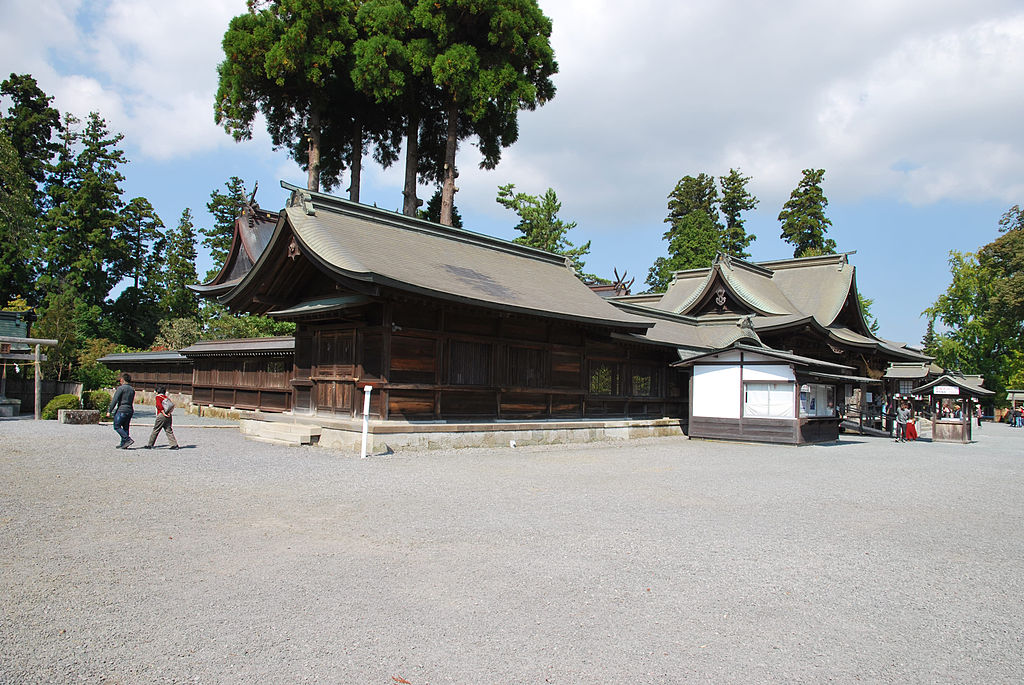Feb 22, 2023
Top Things to Do in Aso, Kumamoto
Best known for being the largest inhabited caldera in the world, Aso in Kumamoto has plenty to offer. It offers fantastic hikes and cultural spots you won’t want to miss.
1. Mount Aso
The main reason to come to Aso is to visit one of the largest active volcanoes in Japan: Mount Aso, also called Aso Volcano. When it has a level one status, visitors can walk right up to the crater and look down into the erupting white smoke below.
2. Aso Volcano Museum
Pay Aso Volcano Museum a visit to learn more about the volcano and how it was formed. It’s a good alternative if the volcano itself is too active for you to approach the crater — you can see the live footage from two cameras that go right into the volcano. Other exhibits at the museum are constantly changing, but they explore themes like volcanoes in general and nature on the caldera.
3. Kusa-Senrigahama Grasslands
If you want nothing more than to enjoy some wide open spaces away from other people, head to the grasslands of Kusa-Senrigahama. Spanning the distance between Mount Kishima and Mount Eboshi, they are an excellent spot for views of the mountain peaks. A tranquil pond stretches on for what seems like forever, around which horses graze. You can even go horseback riding through the grasslands for most of the year.
4. Sorafune Pier
If you hike Mount Tangoyama, you’ll reach a viewing platform called Sorafune Pier. It offers views of the grasslands of the caldera and several mountain peaks, including Aso Volcano itself. You can also drive up to the pier if you’d prefer not to walk. On weekends, visitors can grab a drink at a nearby open-air café.
5. Oshitoishi Hill
Another option for a hike is Oshitoishi Hill. The spot is popular due to its standing stones of different sizes — the tallest is more than 10 meters high. It is located between the towns of Aso and Oguni, but also quite far to walk from either. A better option is to drive up to the parking lot or rent a bike from Aso station for a scenic but challenging 20-kilometer ride up the rocky road (you can rent an electric bicycle to make the journey easier).
6. Aso Shrine
As one of the oldest shrines in the world, Aso Shrine is definitely worth seeing. Although it suffered severe damage from the 2016 earthquake, it received a great deal of funding and is now almost completely repaired. If possible, you should visit during one of the many festivals. These include U-no-matsuri (to pray for the rice planting season), Daihimonjiyaki (during which the hills are burnt to prevent tree growth to maintain the grasslands), and Tanomi Sai (which is about giving thanks for the rice harvest).
There are many sites to see and things to do in Aso, especially for the adventurous. If you enjoy hiking and the great outdoors, the Aso area could be a place to visit several times while you’re in Kumamoto.
Reggaeman, CC BY-SA 3.0, via Wikimedia Commons


About the author